-
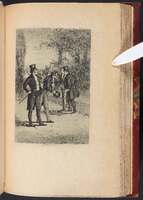
-
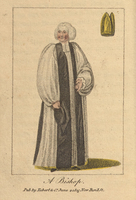
-
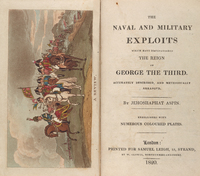
-
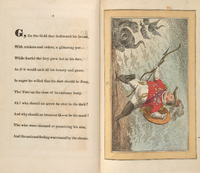
-

This is one of the earliest machine printed paper doll sets.
-
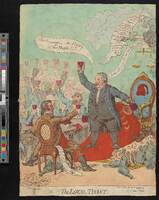
-
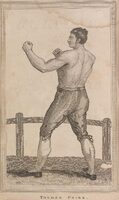
-
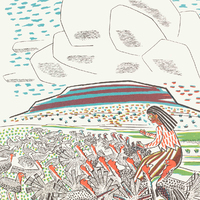
-

-
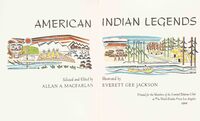
For indigenous peoples all over the world, folklore is an important cultural tradition. Some Native American stories are similar to European fairy tales, including the story featured here. “The Poor Turkey Girl” is a folk tale from the Zuni Native American Pueblo peoples of southwest North America. It is a variation of Perrault’s fairy tale “Cinderella.” However, the focus is not on finding true love but rather on keeping one’s promises.
-
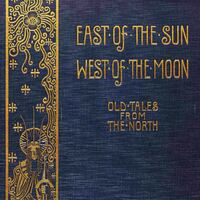
The Moon, Father Forest, Great Fish of the Sea, and North Wind help a maiden rescue her true love from a troll princess in a faraway kingdom.
-
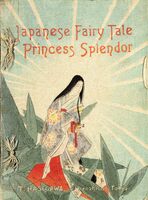
Japanese fairy tales are largely influenced by the nation’s religious beliefs, Shinto and Buddhism. This book beautifully illustrates “The Tale of the Bamboo Cutter,” a proto-science fictional story about a mysterious girl called Kaguya who is discovered as a baby inside the stalk of a glowing bamboo plant. The tale dates back to the 10th century and is considered the oldest extant Japanese prose narrative. This is one of several Japanese fairy tale crepe paper books in our collection.
-
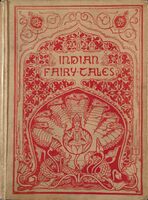
The rich culture and landscape of India come alive in their ancient folk tales. Because it is believed that many European fairy tales originated in India, the country has even been called the home of the fairy tale. Hinduism has had a strong influence on these stories and therefore they often feature religious figures and moral lessons. This collection has been compiled by Joseph Jacobs, a notable Australian folklorist.
-
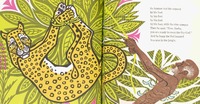
Africa has a rich folklore tradition, especially in regions like South Africa, Nigeria, Rhodesia, and Zanzibar. Animals are often prominent in these tales which do not always have happy endings but do impart lessons onto readers. Some are origin stories which explain how things came to be. This beautifully illustrated children’s book is one such story. It retells the African folk tale of how the spider man Anansi obtained stories from the Sky God to give to the children of the earth. According to the author, these “spider stories,” tell how small, defenseless men or animals outwit others and succeed against great odds.
-
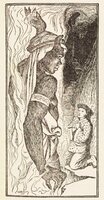
Arabian Nights or One Thousand and One Nights is a collection of hundreds of Middle Eastern folk tales compiled in Arabic during the Islamic Golden Age. Popular stories associated with The Nights include “Ali Baba and the Forty Thieves,” “The Seven Voyages of Sinbad the Sailor,” and “Aladdin’s Wonderful Lamp,” shown here. These tales, however, were not part of the original Arabic versions and were added later by European translators. This particular collection was selected by Andrew Lang, a well-known Scottish folklore collector best known for his colored fairy books.
-
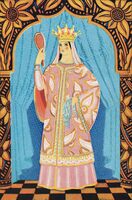
Russian fairy tales are deeply rooted in Slavic mythology and many stories feature Slavic gods and heroes. This romantic story, “The Sleeping Tsarevna and the Seven Giants,” is an 1833 poem by Aleksandr Pushkin based on Russian folklore. It resembles the Grimm tale “Snow White” and tells of Prince Yelsei’s search for his love, the Tsarevna, who has been cast out by her stepmother.
-
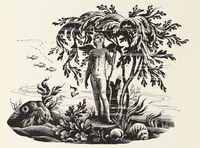
-
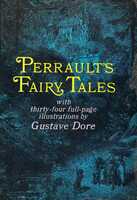
Charles Perrault began collecting fairy tales in 1695. His work greatly influenced the Brothers Grimm when they began collecting fairy tales more than a century later. This book contains the eight stories originally published in Perrault’s Histoires ou contes du temps passé with 19th century illustrations by Gustave Doré. The featured story, “Bluebeard” demonstrates that fairy tales were not always children’s stories, for its themes include murder and violence against women. The work also imparts morals to the reader that depict interpretations of the classic stories contemporary to their 1919 publication.
-

This book is an abstract interpretation of the German and French fairy tale “Little Red Riding Hood.” The artist has created an accordion-style artist book that tells the story with only symbolic illustrations. It is a striking example of how fairy tales continue to be reinvented today.
-
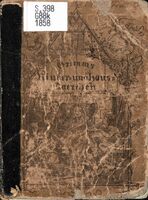
Jacob and Wilhelm Grimm published the first edition of their collected fairy tales in 1812. The early volumes were criticized because they were not suitable for children and later editions were sanitized to make the stories more appropriate. For example, wicked mothers became wicked stepmothers and sexual references such as pregnancy were removed. This book is one of the later “small editions” that the Grimm brothers published especially for children.



















